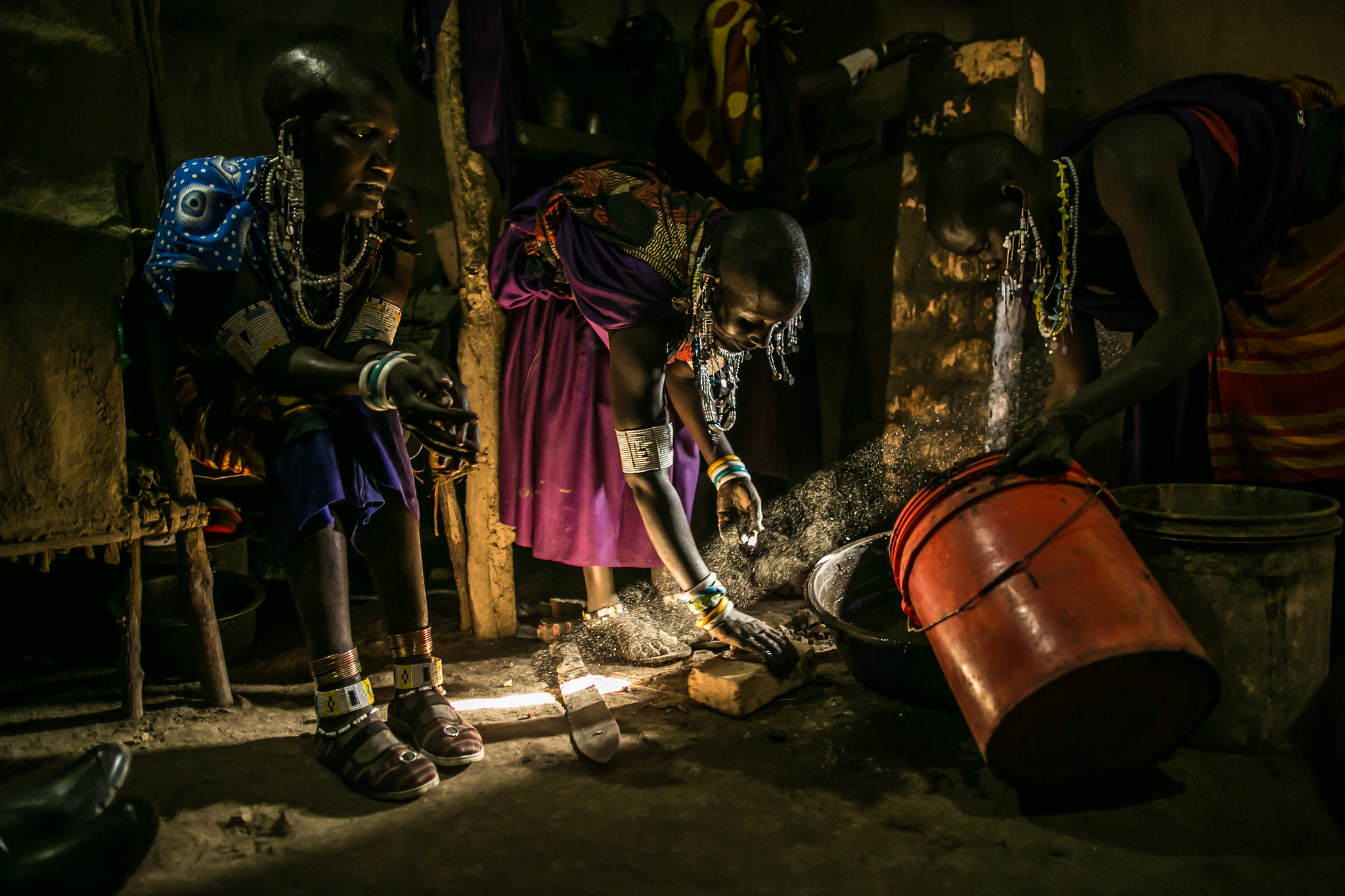Clean cooking to build climate resilience
Clean cooking is one of the most critical, cost-effective tools we have to reduce carbon emissions, improve public health, and protect the environment all at the same time. Yet it remains underfunded and undervalued as a nature-based climate solution among investors and policymakers.
By Climate Champions | August 30, 2022
The protection and restoration of our ecosystems is crucial—and nature-based solutions are a critical part of progressing climate resilience. These solutions put people and nature first in pursuit of protecting our ecosystems, reducing carbon emissions, and improving public health.
Our partners at the Clean Cooking Alliance on 30 August launched their latest report: Accelerating clean cooking as a nature-based climate solution, asserting clean cooking as one of the most critical, cost-effective tools to improve our resilience. Improving access to clean cooking is an essential step in the Race to Resilience.
Today 2.4 billion people are without access to clean cooking, costing the world more than US$2.4 trillion in damage to the climate and contributing to 3.2 million deaths each year. The urgency cannot be overstated. Indoor air pollution is linked to childhood pneumonia, pulmonary disorder, ischemic heart disease, stroke and lung cancer, low birthweight and stillbirths. Women and children are worst impacted, as they spend more time cooking and in the house.
Moreover, cooking with polluting fuels such as wood, charcoal, coal and kerosene is responsible for the same share of global emissions as the shipping and aviation sectors – around 2%.
Shifting to clean cooking can also cut potent black carbon emissions worldwide, half of which come from household energy use. Yet, clean cooking solutions only draw tens of millions of US dollars in investment, when US$10 billion a year is needed globally by 2030 to achieve universal access. Lack of access to clean cooking remains the most underinvested health and environmental problem in the world.
Clean cooking, a suite of fuel-stove combinations with emissions performance that meets the World Health Organization’s guidelines for indoor air quality, transforms lives and protects the climate at the same time. The myriad of benefits include:
- Reducing direct emissions of black carbon and other pollutants
- Protecting biodiversity by reducing habitat destruction and promoting restoration
- Improving indoor air quality
- Protecting the time and safety of women and girls who perform 91% of the work to cook
- Improving food security for rural communities
Clean cooking climate action
The UN Climate Change High-Level Champions partnered with the Clean Cooking Alliance to galvanize breakthroughs in the sector ahead of COP27 and help drive benefits across the continent.
Change is underway. More than 400 million people have gained access to clean cooking fuels and technologies since 2010, saving over 4.6 million lives from the health impacts of air pollution. The capital raised in the first half of this year is more than double what was reported in 2020, and clean cooking businesses such as Circle Gas and KOKO Networks are seeing customer growth.
The launch of the world’s first impact fund for clean cooking solutions was also promising – drawing US$40 million as of March from development finance institutions, foundations, family offices, and pension funds. The fund aims to raise US$70 million to finance companies providing clean cooking alternatives.

Through the creation of solar powered micro-grids, Maasai of the Moduli district in northern Tanzania are receiving power in their mud huts inside their bomas (corralled community). The solar power is providing life-saving water purification, a shared refrigerator for food and medicines, a computer for the community, and lights for the cow and goat corrals to frighten away the hyenas. The International Collaborative for Science, Education and the Environment (ICSEE) also manufactures and distributes a chimney stove for Maasai homes designed collaboratively with Maasai women and installed by teams of women from each participating village to reduce the intake of smoke and carbon dioxide when cooking over traditional fires inside the home. Footage by Morgana Wingard/ USAID.
In addition, 68 countries have already targeted clean cooking in their Nationally Determined Contributions to the Paris Agreement. Rwanda, is setting an example, with a goal to distribute modern, efficient cookstoves to 80% of its rural population and half its urban population by 2030. The government is working with KOKO and investors to achieve this.
However, at least another 30 countries with more than 1 million people relying on dirty cooking still need to set out clean cooking action in their Paris contributions, and follow Rwanda’s lead in partnering with investors and banks.
Aligning clean cooking with nature-based finance could help address both dirty cooking and nature loss, by reducing the demand for firewood and ensuring that when new trees are planted they are not cut down.
Read the report in full here, discover more at the Clean Cooking Alliance website, and follow the Alliance on Facebook, Twitter and Instagram to stay up-to-date with the latest developments.


